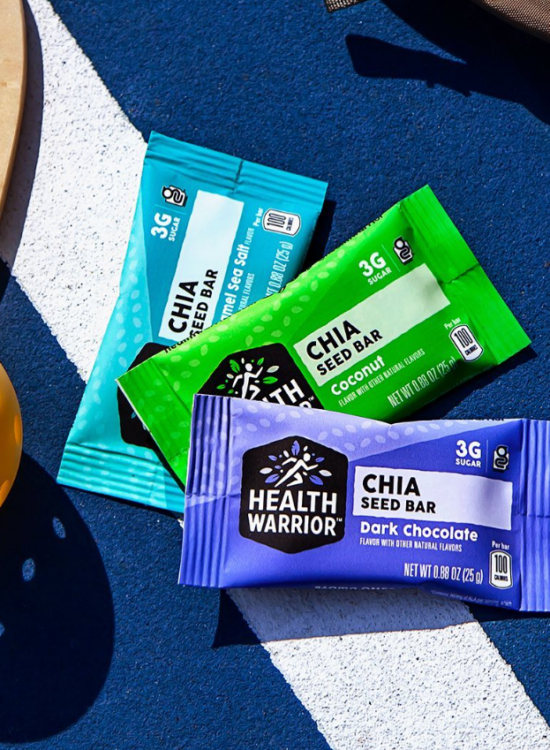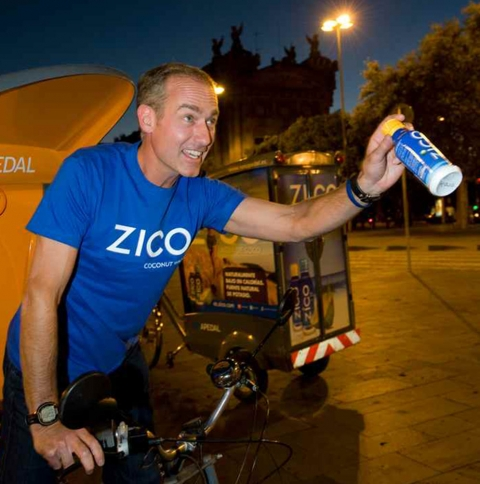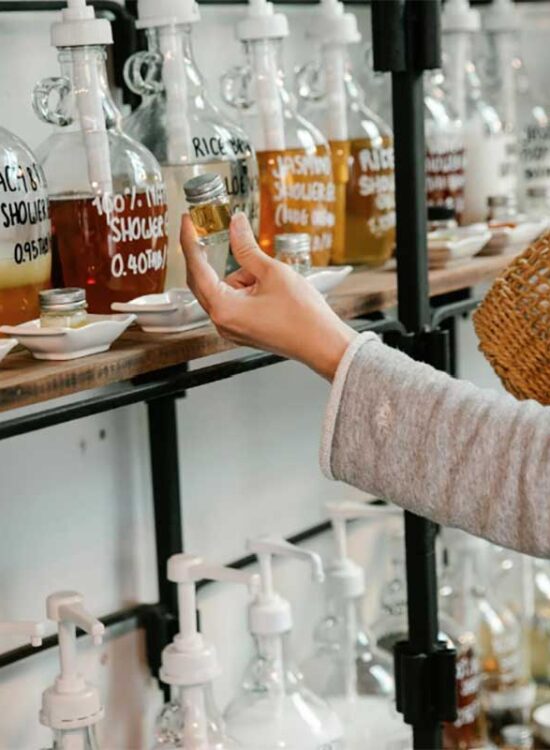Look Out Coca-Cola and Kellogg’s. Consumers Want Something New.
August 2, 2022
COVID and the current economic crisis have been a boon to big food and beverage companies.
Many people went back to comfort foods during the pandemic, and the big brands did great. Now we’re facing a potential recession, and there are a lot of advantages in scale and reach during times like this. Coca-Cola delivered strong results in 2021, with revenues up 17% on the year. General Mills also reported strong growth, with net sales up 21% and a 16% increase in profits. After dropping sharply as COVID took hold, the S&P Food & Beverage Select Industry Index finished 2020 up nearly 20%. Most smaller, better-for-you food and beverage companies have struggled facing these same challenges: complex supply chains, margin pressures, and lack of capital and many will fail.
But the trend toward healthier food isn’t going away. In fact, something interesting is happening that’s changing the food landscape that’s been in place for more than 75 years.
The food system in this country has gone through some dramatic shifts in the last century, but none so transformational as what happened in the post-WWII years. The ink was barely dry on the truces in Europe and the Pacific before suddenly hundreds of thousands of young men were returning home from the war, settling in then-new suburban communities, and enjoying the boom years that came with it.
Overnight, the food system had to evolve to feed all of these people. And it did, delivering calories affordably and at scale to the growing U.S. middle class.
But cheap and accessible don’t equate with healthy and nutritious, which are increasingly what today’s consumers demand (and need). And it certainly is not helping our climate challenges. That’s why our thesis at PowerPlant has always been that the big food brands – including their big suppliers like the Cargills and ADMs of the world – would eventually have to start delivering the better-for-you products that people want. Given that they struggle to innovate themselves, they would be forced to tap the healthy and growing ecosystem of small food and beverage companies in order to make that happen through acquisitions. The writing has been on the wall for years, and it has begun to happen, with 305 food and beverage M&A transactions closing in 2021 worth more than $28B. That was up from 299 industry transactions in 2020.
But COVID and our current economic crisis have put a pause on this as the major strategic players in the food and beverage market have pulled back on their own acquisitions. They’ve even gone so far as to sell off brands (and we’ve bought a few, including ZICO and Chameleon Coffee!).
As they’re clearly not interested in managing hundreds of small, niche brands under their existing umbrellas – we’re starting to see roll up companies fill the void. Before long, I expect there will soon be a new group of public, multi-brand companies that take over and fill this void.
After all, this is the free market in action.
Today, most of the major food companies have one or two brands in their portfolio that are massive success stories. Coke, Pepsi, Frito-Lay, Kellogg’s, etc. But those days are ending. We’re not going to see many more $10B-$20B brands in this space. Consumers today want more specific, more unique, more relatable and personal and even customized products, so the future is going to be in aggregators that can pull together and manage profitably five, 10, or 20 brands that are anywhere from $100M up to $1B each.
We’re here to help guide founders and investors through this time of change.
Over the coming months I’ll be sharing a series of articles breaking down the major trends we’re seeing in food and beverage and what Founders, CEOs and teams of emerging brands need to do to win going forward. What’s the new math of growth vs. profitability? Is it possible to bring more consciousness into our food system and make a social and environmental impact even during dark economic times? What will exits look like in this new world and how do you keep your mission and impact intact?
Because, at the end of the day, health and wellness trends aren’t going away. The need for impact investment isn’t going away, either. But, at the same time, the strategic players have made it clear that neither are likely a priority this point. It’s time for us as entrepreneurs, investors and humans to figure this out for ourselves and stake a claim to this market. The legacy players aren’t going to like what’s coming next. It’s time to be the future we want to see: a better food system for all.



